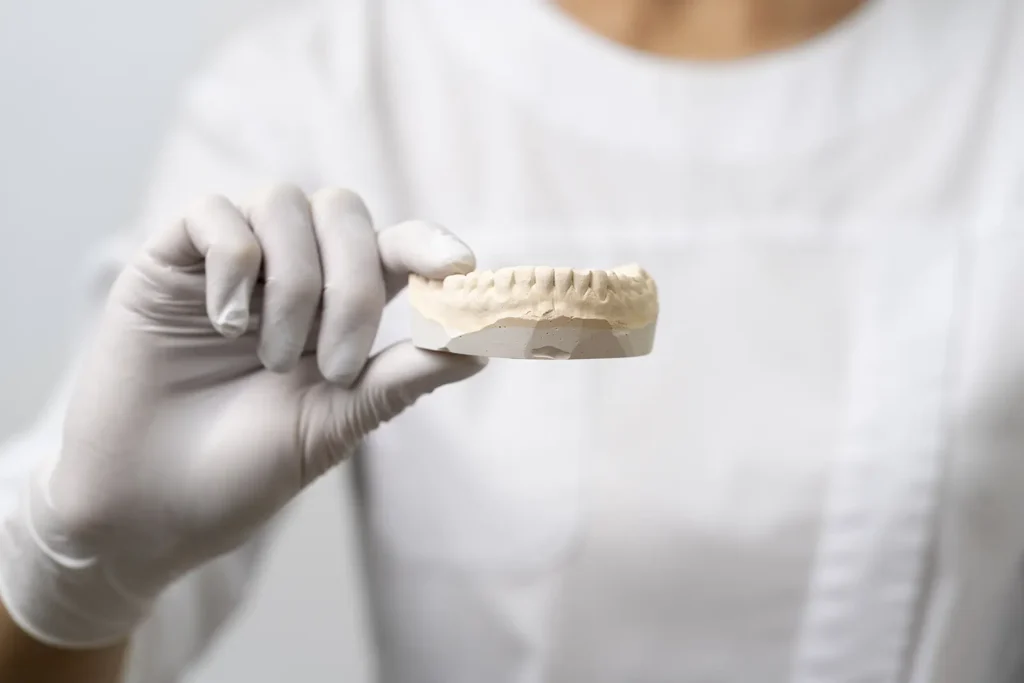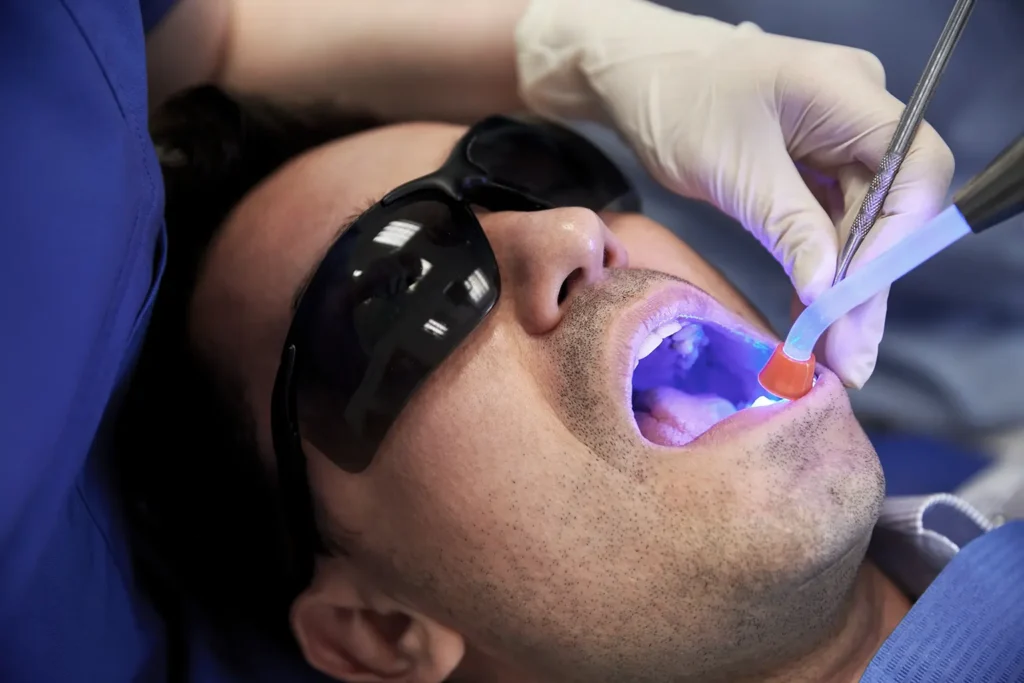When it comes to restorative dental procedures, there are various options available to treat and restore damaged or decayed teeth. Dental inlays offer a more durable and aesthetically pleasing alternative to traditional fillings, making them a preferred choice for many patients seeking long-lasting dental restorations. In this article, we will explore what inlays are, how they differ from fillings, and why they’re a beneficial dental treatment.
What Are Dental Inlays?
Dental inlays are a type of indirect restoration used to repair a tooth that has suffered moderate decay or damage. Unlike traditional fillings, which are molded directly in the mouth during a dental visit, inlays are custom-made restorations fabricated in a dental laboratory. They are typically made from materials such as porcelain, composite resin, or gold, and are designed to fit precisely into the prepared cavity of the damaged tooth.
The primary purpose of a dental inlay is to restore the tooth’s function and appearance while providing strength and durability. Inlays are often used when the damage is too extensive for a simple filling but not severe enough to require a full dental crown. They are particularly effective for treating cavities on the chewing surfaces of molars and premolars.

How Do Inlays Differ from Fillings?
While both inlays and fillings serve the purpose of restoring damaged teeth, there are several key differences between the two treatments:
- Material and Fabrication: Traditional fillings are made from materials such as amalgam (silver fillings) or composite resin. They are applied directly to the cavity and hardened using a curing light. Inlays are made from durable materials like porcelain or gold and fabricated outside the mouth in a dental lab before being bonded to the tooth.
- Precision and Fit: Inlays are custom-made to fit the exact dimensions of the prepared cavity. This results in a more precise fit and better contact with the surrounding tooth structure. Fillings, on the other hand, are shaped and molded directly in the tooth, which may not always result in the same level of precision.
- Strength and Durability: Due to the materials used and the precision of their fit, inlays are generally stronger and more durable than traditional fillings. They’re less likely to crack, wear down, or fail over time, making them an ideal choice for restoring teeth subjected to heavy chewing forces.
- Aesthetics: Dental inlays, especially those made from porcelain, are highly aesthetic and can be matched to the color of the natural tooth. This makes them virtually indistinguishable from the surrounding tooth structure. Fillings, particularly amalgam fillings, are more noticeable and may not blend as seamlessly with the tooth.
- Longevity: One of the most significant advantages of dental inlays is longevity. When properly cared for, they can last significantly longer than traditional fillings, providing a long-term solution for tooth restoration.
Why Are Inlays a Beneficial Dental Treatment?
Dental inlays offer several benefits that make them an excellent choice for restoring damaged teeth:
- Strength and Stability: Dental inlays are known for their superior strength and stability. They provide excellent support to the remaining tooth structure, reducing the risk of further damage or fracture. This is particularly important for teeth that endure significant chewing forces, such as molars.
- Preservation of Tooth Structure: Unlike dental crowns, which require the removal of a significant amount of tooth structure, inlays allow for a more conservative approach. Only the damaged or decayed portion of the tooth is removed, preserving more of the natural tooth structure.
- Aesthetic Appeal: Inlays made from porcelain or composite resin are highly aesthetic and can be matched to the color of the natural tooth. This ensures that the restoration blends seamlessly with the surrounding teeth, making it an excellent choice for patients who prioritize appearance.
- Reduced Risk of Future Decay: The precise fit of a dental inlay helps to seal the tooth more effectively than a traditional filling. This reduces the risk of bacteria and food particles becoming trapped in the restored area, lowering the chances of future decay or infection.
- Durability and Longevity: As previously mentioned, dental inlays are more durable than traditional fillings and can last for many years with proper care. This makes them a cost-effective investment in the long-term health of your teeth.
How Long Do Dental Inlays Last?
The longevity of a dental inlay depends on several factors, including the material used, the patient’s oral hygiene habits, and the amount of wear and tear the inlay is subjected to.
On average, inlays can last anywhere from 10 to 20 years, with some lasting even longer. Inlays made from porcelain or gold tend to have the longest lifespan due to their durability and resistance to wear. However, it’s important to note that proper oral hygiene and regular dental check-ups play a crucial role in extending the life of a dental inlay. Patients should brush and floss regularly, avoid biting on hard objects, and visit their dentist for routine cleanings and examinations.

Are Dental Inlays Painful?
Another common concern among patients considering dental inlays is whether the procedure is painful. The good news is that getting a dental inlay is typically a painless process. The procedure is usually performed under local anesthesia, which numbs the affected area and ensures that the patient feels no discomfort during the treatment.
The process of getting a dental inlay typically involves two visits to the dentist. During the first visit, the dentist will remove the decayed or damaged portion of the tooth and take an impression of the prepared cavity. This impression is then sent to a dental laboratory where the custom inlay is fabricated. In the meantime, a temporary filling may be placed to protect the tooth.
Once the custom inlay is ready, the patient returns for the second visit, during which the temporary filling is removed, and the inlay is bonded to the tooth using a strong dental adhesive. Dr. Dominic Branz & Dr. Lindsey Gross will then check the fit and make any necessary adjustments to ensure a comfortable bite.
Patients may experience some mild sensitivity or discomfort in the treated tooth for a few days after the procedure, but this typically resolves on its own. Over-the-counter pain relievers can be used to manage any discomfort during this time.
Conclusion
Dental inlays are a highly effective and durable solution for restoring damaged or decayed teeth. They offer several advantages over traditional fillings, including superior strength, aesthetic appeal, and longevity. For patients seeking a long-lasting and aesthetically pleasing dental restoration, dental inlays are an excellent choice.
If you’re considering dental inlays or have questions about the procedure, Dr. Dominic Branz & Dr. Lindsey Gross and the team at Family Dental Group are here to help. Dr. Dominic Branz & Dr. Lindsey Grosswill evaluate your oral health and recommend the best treatment options to meet your needs. We are committed to providing you with the information and care you need for a healthy, beautiful smile.

